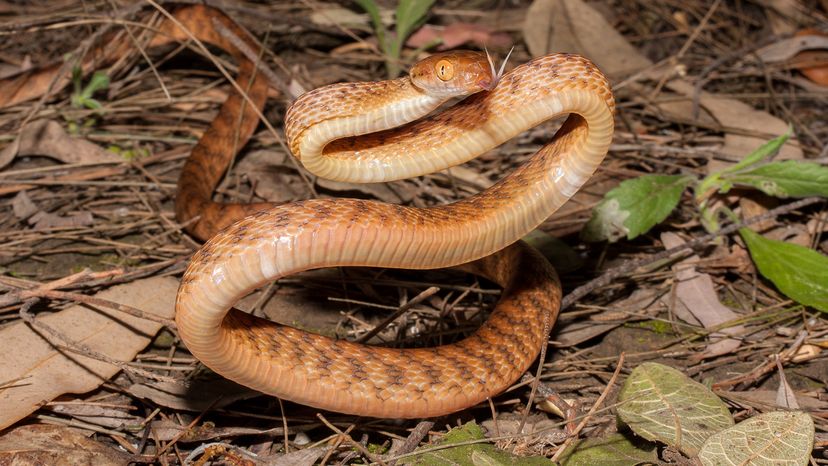
Let’s talk about one slithery critter that's made quite a name for itself: the brown tree snake. These sneaky reptiles may look like your average snake, but they've caused a big stir in some unexpected places.
Originally native to parts of the Pacific and Northern Australia, brown tree snakes (Boiga irregularis) have become infamous as an invasive species, particularly on the island of Guam.
Advertisement
During World War II, these snakes were accidentally introduced to Guam, hitching a ride on military cargo ships. Since then, brown tree snake populations have skyrocketed, and the impact on Guam's ecosystem has been, well, catastrophic.